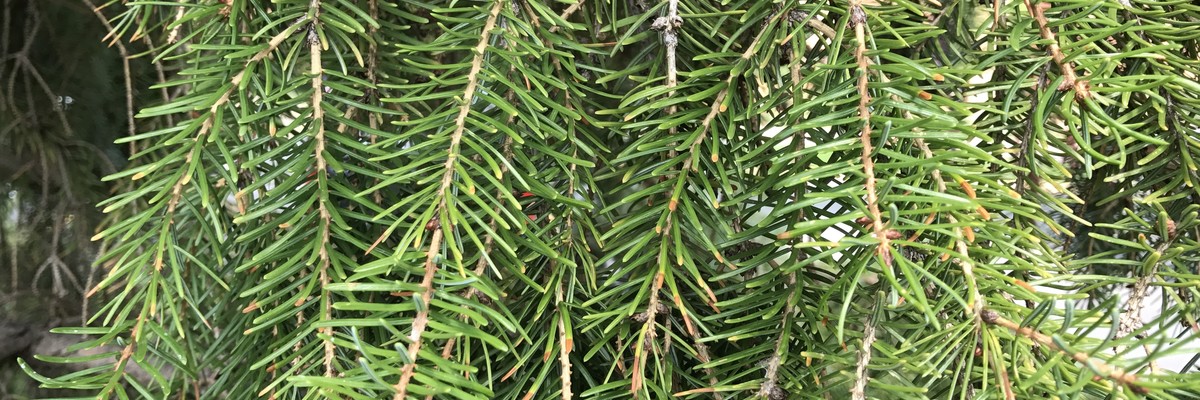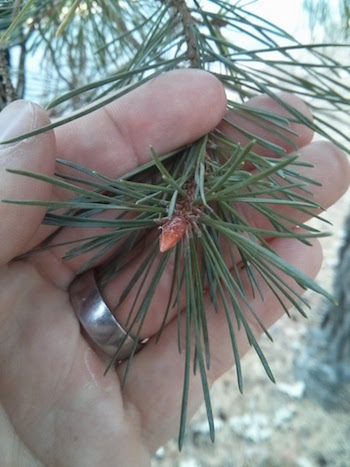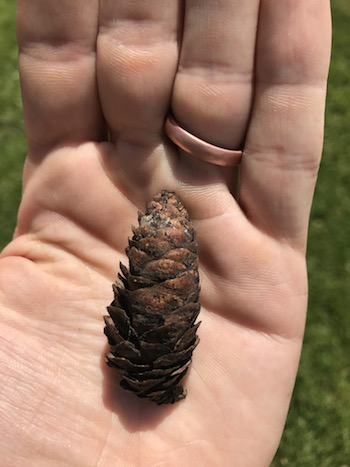
Description:
Scots Pine is an evergreen tree species best known as a Christmas tree in North America. Needles are arranged in clusters of two, and are between 1.5” and 3” long. Needles are stiff, twisted, and pointy. Cones can be up to 2.5” long and grow from a short stalk on the branch. They often occur in bunches of two to three, and can sometimes appear to be pointing backwards up the branch. Bark high up in the tree turns a very distinctive orangish-red and is flaky. Lower bark is brownish grey.
Scots Pine has a native range stretching from the Iberian Peninsula to Siberia. It is now naturalized in the United States, and is one of the most widely distributed trees in the world. The trees are used for timber, Christmas trees, and windbreaks. Scots Pine is also the national tree of Scotland.
Scots pine has the been subject of numerous research projects at the University of Minnesota, including many studies from the Cloquet Forestry Center in the Fond du Lac Reservation in Northern Minnesota. Recent studies include a report on the biogeography of needle longevity from the Department of Forest Resources. This cluster of Scots Pine was planted on Independence Day, 1994.
Issues:
Scots Pine is susceptible to many of the pests facing pine trees in Minnesota, such as Diploida blight, nematodes, and sawflies.
Other Resources:
Missouri Botanical Garden
Photo Credit: H. Zell CC by SA 3.0






